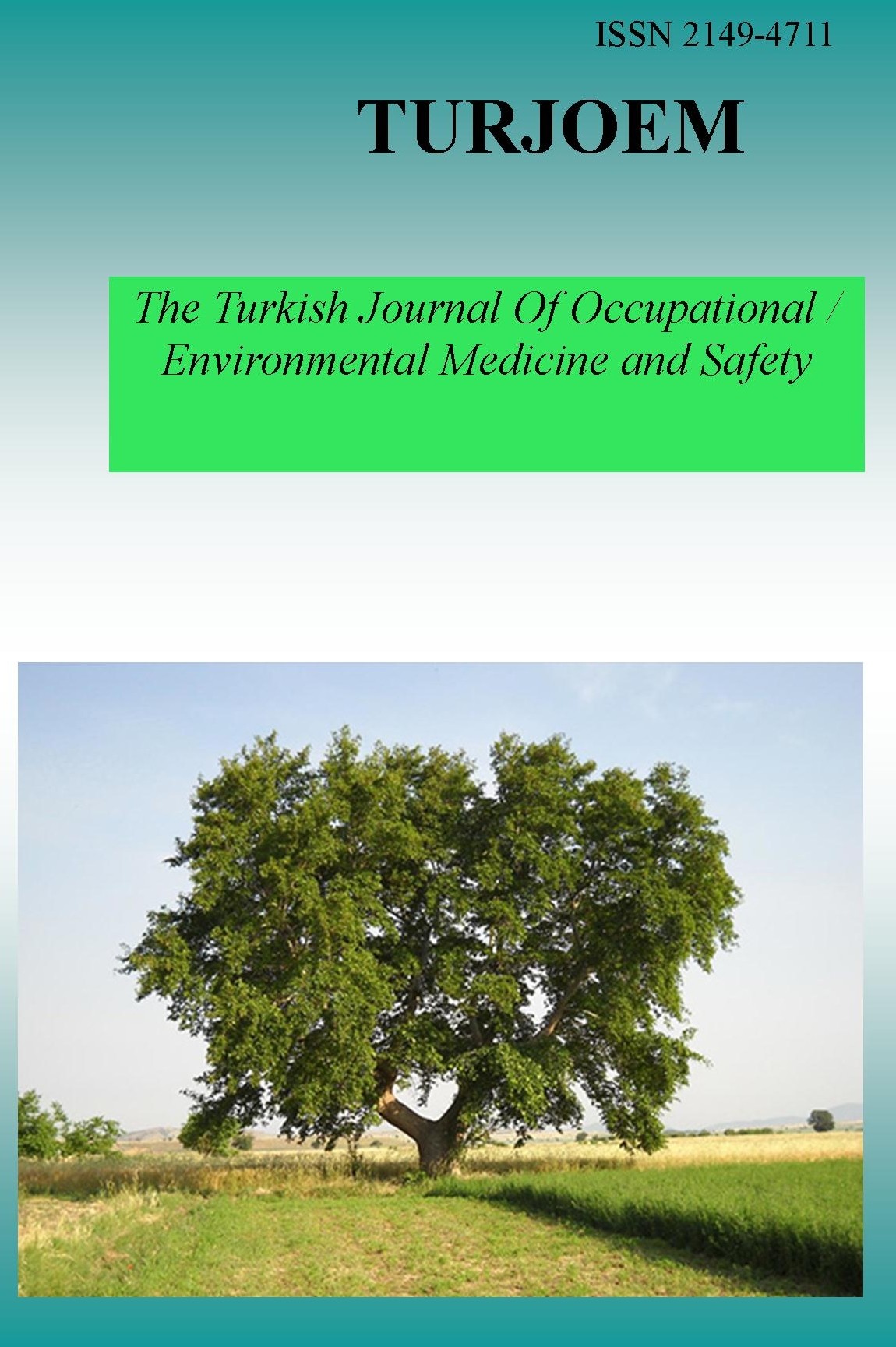MOLACULARLY IMPRINTED MAGNETIC CHITOSAN BEADS FOR SELECTIVE REMOVAL OF TEXTILE DYES FROM WASTE WATER
MOLACULARLY IMPRINTED MAGNETIC CHITOSAN BEADS FOR SELECTIVE REMOVAL OF TEXTILE DYES FROM WASTE WATER
MOLACULARLY IMPRINTED MAGNETIC CHITOSAN BEADS FOR SELECTIVE REMOVAL OF TEXTILE DYES FROM WASTE WATER,
___
- Ahmet ESER, Tülin AYDEMIR, Seda ÇINAR, Ayşe DINÇER
- Celal Bayar University, Faculty of Science and Arts, Chemistry Department 45140 TURKEY
- ISSN: 2149-4711
- Başlangıç: 2015
- Yayıncı: Engin TUTKUN
Ece Avuloğlu YILMAZ, Deniz YÜZBAŞIOĞLU, Azime Berna ÖZÇELIK, Fatma ÜNAL, Seyhan ERSAN
Cevat NISBET, Ahmet GULER, Yuksel ARDALI, Selim BIYIK
TOXICOLOGICAL ENDPOINTS OF DOPING SUBSTANCES
Ali Akbar MALEKIRAD, Tahereh SADEGHI, Asma BAHRANIFARD, Samira SHAHRJERDI, Kobra RAHZANI, Mohammad ABDOLLAHI
DOES FIPRONIL HAS THE NEUROTOXIC EFFECT ON NEUROBLASTOMA SH-SY5Y CELL LINE?
Özge Nur KANAT, Güldeniz SELMANOĞLU
Gizem GÜLER, Cuma AKTAŞ, Ayla ÇELİK
Merve KOÇAK, Merve VATANSEVER, Hilal KAYA
AN OVERVIEW OF FORENSIC HERBAL PRODUCTS
Ali Akbar MALEKIRAD, Samira SHAHRJERDI, Marziyeh AHMADI, Mohammad ABDOLLAHI
